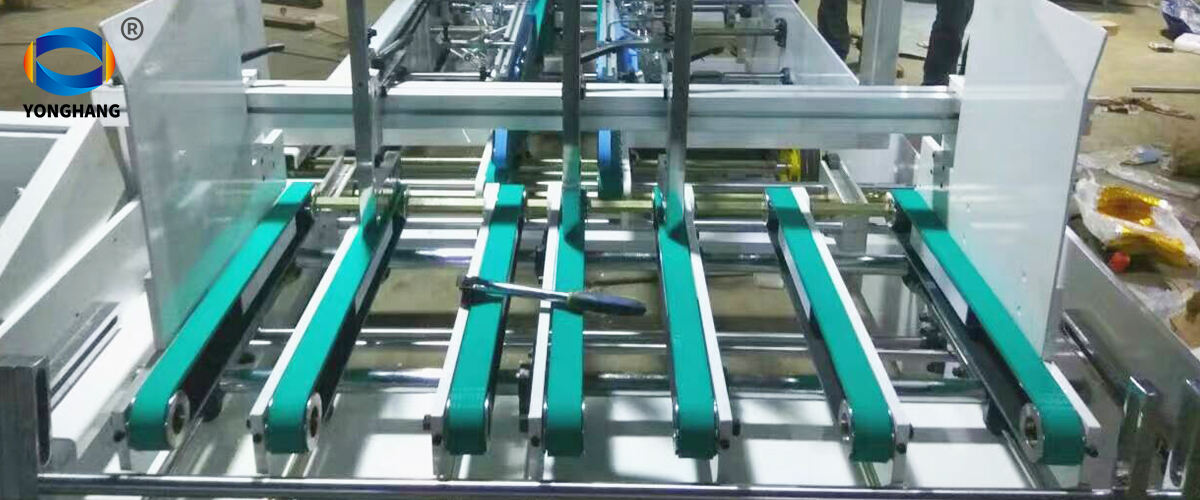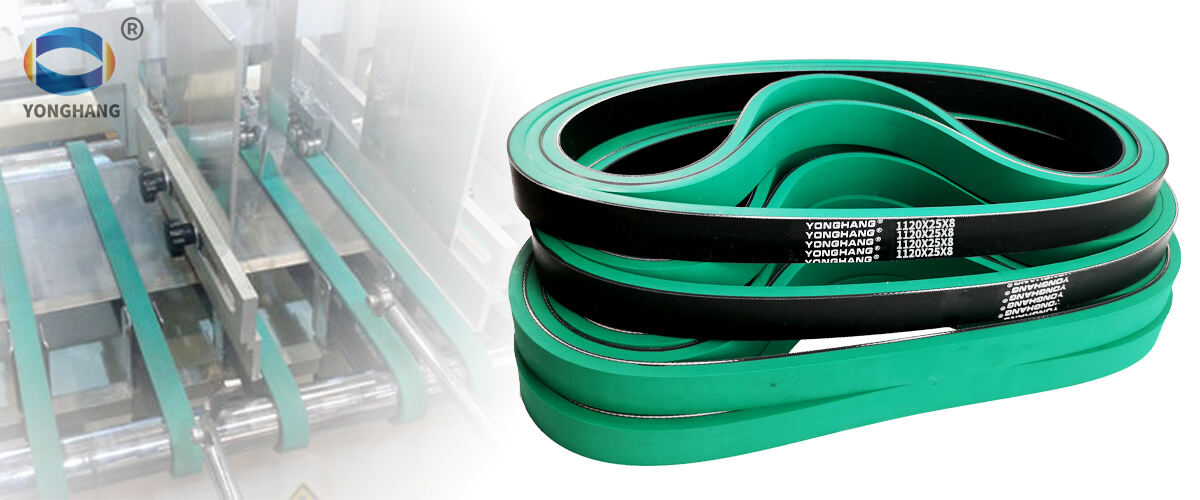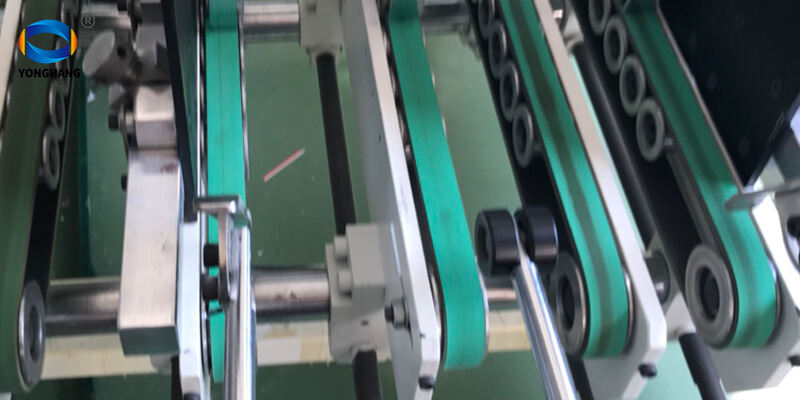In the fast-paced world of packaging and production, selecting the right folder gluer belts is crucial for optimizing efficiency and ensuring product quality.
Folder gluer belts play a vital role in the seamless operation of production lines, impacting everything from speed to accuracy. This blog will explore the essential factors to consider when choosing folder gluer belts, the various types available, and how to ensure that your selection aligns with your production needs.

Understanding Folder Gluer Belts
Folder gluer belts are designed to facilitate the folding and gluing of paperboard or corrugated materials in packaging processes. They are an integral part of the folder gluer machine, which automates the assembly of boxes and other packaging products. The effectiveness of these belts directly influences production speed, waste reduction, and overall operational efficiency. Therefore, understanding the characteristics and specifications of various folder gluer belts is essential for making an informed choice.
Key Factors to Consider
When selecting folder gluer belts for your production line, several factors must be taken into account:
Material Composition: Folder gluer belts are made from various materials, including rubber, polyurethane, and PVC. Each material has its advantages and disadvantages, affecting durability, flexibility, and resistance to wear and tear. For instance, rubber belts offer excellent grip and durability, while polyurethane belts are known for their resistance to chemicals and high temperatures.
Belt Width and Length: The dimensions of the folder gluer belts should match the specifications of your machinery. It’s essential to measure the width and length required for your production line accurately. A mismatch can lead to operational inefficiencies and increased downtime.
Surface Texture: The surface texture of the belts can significantly affect the handling of materials. A textured surface can improve grip and prevent slippage during the folding and gluing process, while a smooth surface may be more suitable for lighter materials.
Temperature and Chemical Resistance: Depending on the type of products being processed, the folder gluer belts may be exposed to various temperatures and chemicals. Selecting belts that can withstand these conditions is vital to prolonging their lifespan and maintaining production quality.
Maintenance and Replacement: Consider the ease of maintenance and the frequency of replacement when choosing folder gluer belts. Some belts may require more frequent changes due to wear, while others may have a longer lifespan but require specific maintenance protocols.
Types of Folder Gluer Belts
There are various types of folder gluer belts available on the market, each designed for specific applications:
Flat Belts: These are the most common type used in folder gluers. They provide a smooth surface for material handling and are suitable for a wide range of applications.
Timing Belts: Timing belts are designed with teeth that engage with pulleys, providing precise movement and tension control. They are ideal for applications requiring high accuracy.
Modular Belts: These belts consist of interlocking plastic modules, allowing for easy customization and repair. They are particularly useful in environments where hygiene is a concern, as they can be easily cleaned.
V-Belts: V-belts are used in applications where high torque is required. They provide excellent grip and are often used in heavier-duty machines.

Benefits of Choosing the Right Folder Gluer Belts
Investing in the right folder gluer belts can yield significant benefits for your production line:
Increased Efficiency: The right belts can enhance the speed and accuracy of the folding and gluing process, leading to higher output.
Reduced Downtime: High-quality belts designed for your specific application can reduce the frequency of breakdowns and maintenance, minimizing production downtime.
Improved Product Quality: Properly functioning belts ensure that materials are handled correctly, reducing waste and improving the overall quality of the finished product.
Cost Savings: While the initial investment in high-quality folder gluer belts may be higher, the long-term savings in maintenance, downtime, and waste reduction can be substantial.
Industry Trends and Future Outlook
As the packaging industry continues to evolve, the demand for efficient and reliable folder gluer belts is expected to grow. Innovations in materials science are leading to the development of belts that are not only more durable but also more environmentally friendly. Additionally, advancements in automation and robotics are likely to influence the design and functionality of folder gluer belts, making them more adaptable to various production needs. By staying informed about these trends and selecting the right folder gluer belts, manufacturers can enhance their production capabilities and maintain a competitive edge in the market.

 EN
EN
 AR
AR
 HR
HR
 DA
DA
 NL
NL
 FR
FR
 DE
DE
 EL
EL
 HI
HI
 IT
IT
 JA
JA
 KO
KO
 NO
NO
 PL
PL
 PT
PT
 RO
RO
 RU
RU
 ES
ES
 TL
TL
 IW
IW
 ID
ID
 SR
SR
 SK
SK
 UK
UK
 VI
VI
 TH
TH
 TR
TR
 AF
AF
 MS
MS
 IS
IS
 HY
HY
 AZ
AZ
 KA
KA
 BN
BN
 LA
LA
 MR
MR
 MY
MY
 KK
KK
 UZ
UZ
 KY
KY
